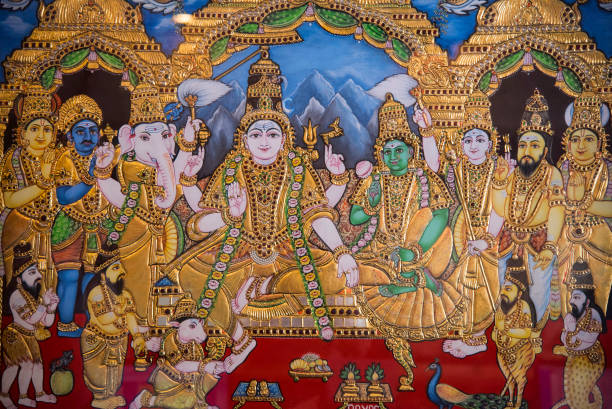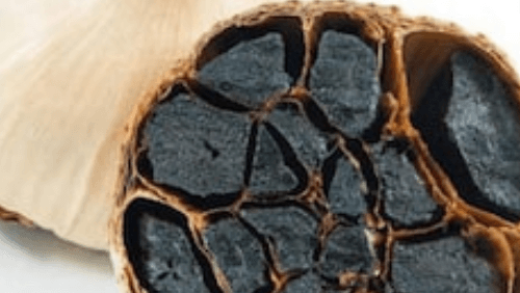Our blue planet is rich in the diversity of both flora and fauna. Having a large number of species of birds, wild creatures, water beasts, and many more, there are animals with some extremely unique features. Animal to have the Highest Variation in its body part.
Their uniqueness truly fascinates human beings, leading to doubt even their existence. Hence, there emerges a need to study them in detail. Subsequently, we have brought you the article about such an animal having amazing and unique characteristics.
The amazing wild creature-Tortoise.
As we are familiar with the two animals in the story of rabbit and tortoise, where the tortoise won the race because it was continuously working hard. Although the rabbit is mostly white, the tortoise is an animal having a small shell over its back.
It is its shell that puts everyone in dilemma about how do its color and design keeps on changing for different species under the same genera. That means tortoise can have its back of different colors and designs even if the two tortoise species are living in the same habitat. There are over 356 species of tortoise observed around the world. Under each species and sub-species of this animal, there are large varieties in a body structure being recognized worldwide.
About wild creature-Tortoise.
The tortoise belongs to a family of turtles named Testudinidae. Previously, they were considered the ones living in the only terrestrial region. These organisms are easily distinguishable as all of them share a segment of distinctive hind-limb anatomy. considered as Animal to have the Highest Variation in its body part.
These limbs are comprised of cylinder-shaped hind feet and limbs. Generally, they have two or fewer phalanges in their forefeet and hind feet. Excluding Malacochersus tornieri (also the pancake tortoise), all the turtles have a high-domed shell at their back. However, the shell shape and base can vary accordingly. Some other features include:
- Generally, the tortoise is habitants of the terrestrial region. It is observed to occur in all continents except Antarctica and Australia.
- Several species of them are also living on islands.
- Their population is decreasing day by day due to certain factors including habitat loss and human development.
- Over fifteen genera of them are dispersed across South America to Asia and Africa.
- A total of 49 species are residing in South Africa. They consist of a sufficiently large shell ranging from 4 to 6 inches (10-15 meters).
- Other species from the turtle’s family (giant tortoises or Geochelone) are the habitats of the Galapagos Islands and Aldabra. They carry a shell of a length of approx. 1 meter.
- Most of the turtle’s species are herbivores. They consume fruits, flowers, and foliage as their food.
Their system of living.
Each of the living organisms on the Earth has attained a certain way of living. Similarly, tortoise goes with some important processes to have proper growth ad development. For the turtles, copulation is one such process used by them for reproducing of their kind.
However, it can lead to some deformities in male tortoises due to the high-arched shell present in females. A female turtle holds on a capacity to lay less than 20 eggs at a time. Further, the tortoise uses an underground dug region to accomplish their hibernation.
Their lives are in trouble.
The utilization of resources and development by humans is causing a severe effect on wildlife. As a whole, the turtles are also getting harmed to an alarming level. As per the IUCN, Red Data book out of 360 recognized species of turtle and tortoise more than 187 are threatened. Also, more than 127 species are already endangered having a risk of getting extinct in forthcoming.











